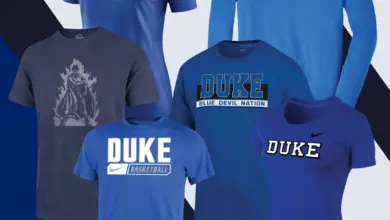Featured Project: PixelFlex Tapped for Outdoor LED Displays in Baltimore
The building's developers say they initially were considering giant TV screens, or perhaps a projection system, before they settled on the PixelFlex LED displays.
Nashville, Tennessee-based PixelFlex, an LED display manufacturer and solutions provider, was recently engaged by Baltimore’s Questar Properties to provide its LED products for a luxury residential property Questar was building.
Questar built an upscale 44-story building in downtown Baltimore called 414 Light Street, named after its location on what used to be a parking lot. The building, designed by architectural firm Solomon Cordwell Buenz with interior design done by Kari Whitman, was built to be a unique, high-end living experience in the heart of the city and so a rooftop deck was put onto the exterior of the 7th floor. One of the highlights of the deck are the two back-to-back, PixelFlex video displays.
“This was a new construction project, built on a little over one acre of what used to be a parking lot,” says Justin Kennell, development manager for Questar Properties. “The building itself stands just under 500 feet and has 394 luxury apartment units, with over 12,000 square feet of retail space and a 469-space parking garage. On our 7th floor, we have an amenity area that is roughly an acre in size, with two-thirds of that space on the exterior of the building where we placed the two FLEXStorm LED video screens.”
The displays are about 16′ x 9′ and made up of PixelFlex’s FLEXStorm 8mm LED products.
According to Pixelflex, the displays were built to withstand the challenges of adverse weather conditions while still providing a breathtaking visual experience. Adjustable sensors are used that communicate directly with the cabinets’ control system, giving the FLEXStorm screens variable brightness controls that make sure they look their best, day or night. Additionally, because the content management system is cloud-based, updating the FLEXStorm displays is simple and easy, and the fully front-serviceable panels allow for quick access to the electronics and data control when any onsite service is needed.
“We looked at a couple of different technologies for use on the amenity deck,” says Kennell. “The first was a large television that would be visible against sunlight, and the second was a projection system set-up. Since we had a very specific vision for what we wanted it to accomplish, neither of these were actually ideal. As we looked around for what else might be available, we took inspiration from a community on the West Coast using PixelFlex LED video in a similar application. …
“We surrounded the structure with decorative tile … One screen faces a multi-purpose lawn area and the other screen faces the pool deck, so it essentially looks as if there is one, dual-sided LED screen. With it being in a central location, we think of it as the entertainment anchor to the amenity deck, giving our residents a unique opportunity to connect with one another over community-sponsored events.”




